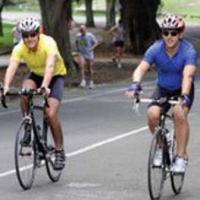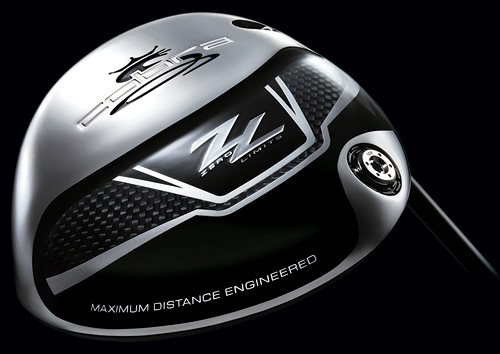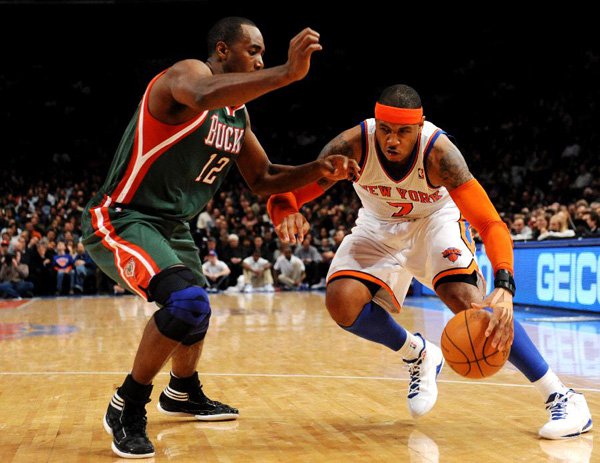
Cycling Tips for Beginners
Starting any new sport comes with a huge amount of information, tips and advice which can be overwhelming.
So here’s some basic tips on road biking for beginners.
First get yourself a bike.
No need to spend thousands on a shiny new top of the range carbon model, better to start with a cheaper model, or even a second hand bike, of which there are thousands for sale. You can get a very good bike for less than one thousand dollars. Once you get hooked on the sport, then by all means upgrade. Bikes come in a variety of sizes, so make sure you get one that fits you well. Riding the wrong size bike is recipe for discomfort and disappointment. Avoid those super thin racing saddles straight away, it’ll hurt. Get one with a bit more gel padding until your butt hardens up. Don’t worry it will.
Get the right equipment.
Before you leave home, make sure you have a safety approved helmet. Wear the correct clothing. Cyclists wear lycra for a reason, it’s comfortable, wicks away sweat,and is close fitting so it doesn’t flap around in the breeze.
Cycling gloves are always a good idea to protect your hands. Good sturdy shoes are required if you have platform pedals. If you have clipless pedals, then you’ll need specialist cycling shoes. Dress for the conditions, and if the weather looks changeable take a jacket in your back pocket. Getting wet and cold on a bike is most unpleasant.
Learn some basic riding skills.
This might sound funny, but the first thing you must learn is to ride in a straight line.
One of the main things that will keep you safe on the road is being predictable, and riding in a straight line is a big part of that. I’m sure you’ve all seen cyclists wobbling along the road, it makes car drivers nervous when there’re unsure of your next move.
Practice using the brakes gently, don’t jam them on, or you’ll fall off for sure. Get to know which levers work the front and back brakes. The front brake should be used firmer than the rear one, as this is your main stopping power. Practice away from traffic and also on descents. Get comfortable with cornering and how the bike feels going around corners. Keep your arms relaxed and don’t have a death grip on the handlebars. Brake before the corner and cruise around it. Trust the bike it wants to stay upright.
Check with your local bike shop as a lot of them run riding clinics. This is a fun way to learn with like minded people, and a great way to be introduced to group riding.
Be self-sufficient.
Take everything you need for the ride with you. This includes spare tubes a pump, drink bottle and food. Also take money and a mobile phone in case of emergency.
Before you go on a long ride learn how to change a flat tire. It’s not difficult, but takes a bit of practice to become proficient at it. You don’t really want to rely on someone else to do this for you. Though any other cyclist will be glad to help, it really is something you should be able to do. And anyway if you’re on your own you wont necessary have a choice.
Easy does it.
Take it slowly, cycling will hurt if you’re not used to it, in places you wouldn’t have thought possible. So build up from short easy rides, and allow your muscles to adapt to the new stresses. You will get a sore butt initially but this will pass.
Who knows one day you may want to get coaching and give racing a go. That's how I started out.
And most of all have fun. Once you get hooked you’ll discover a whole new world of like minded people who share your passion. You’ll make new friends have wonderful experiences, and not to mention the health benefits of getting fit and active.
Interesting Facts About Soccer Jerseys


Best Health Supplements for Athletes

Copyright © www.mycheapnfljerseys.com Outdoor sports All Rights Reserved